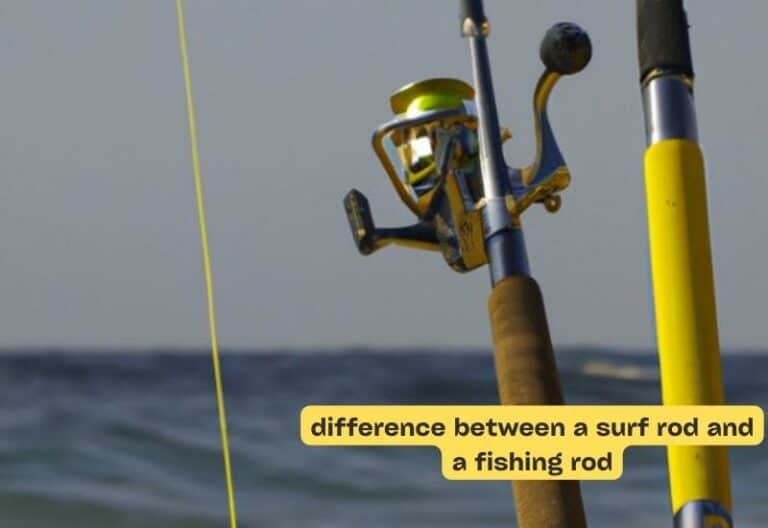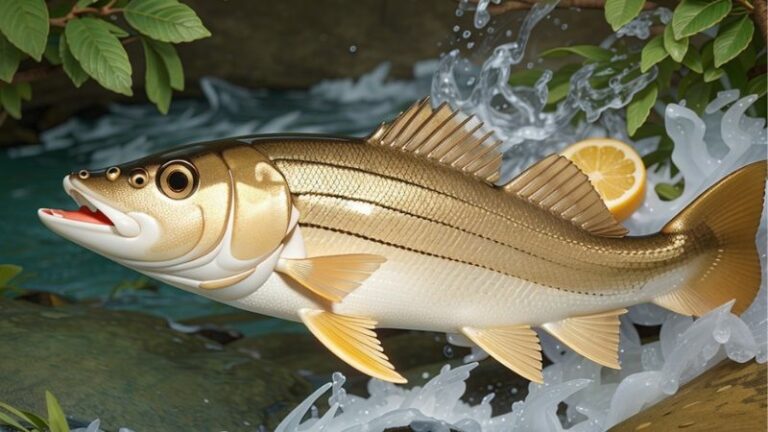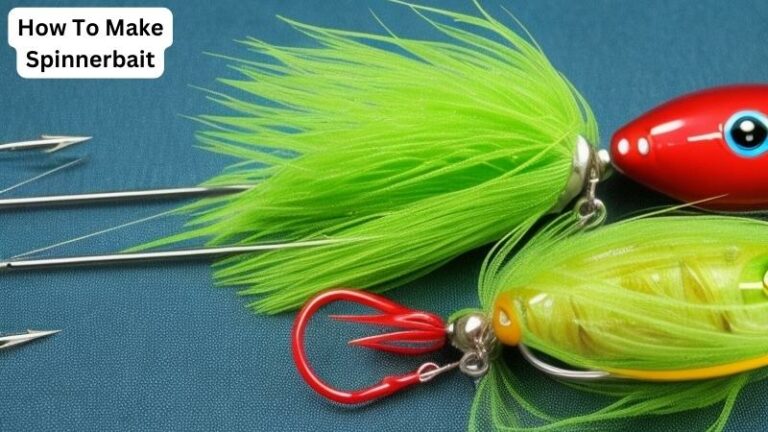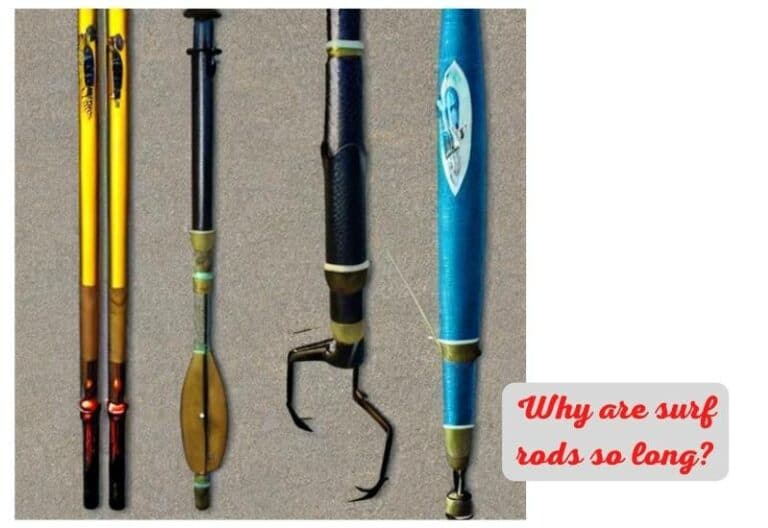How To Stripped Bass Fishing
Are you ready to dive into the exciting world of striped bass fishing? Well, look no further! In this guide, we’ll show you how to catch these magnificent fish like a pro. Whether you’re a seasoned angler or a beginner, we’ve got you covered. So grab your fishing rod, put on your favorite hat, and let’s get started on this thrilling fishing adventure!
Now, you might be wondering, what makes striped bass fishing so special? Well, let me tell you. Striped bass, also known as stripers, are powerful and challenging game fish that can test the skills of any angler. Found in both freshwater and saltwater, they offer an exhilarating fishing experience that will keep you coming back for more. In this guide, we’ll equip you with the knowledge and techniques to increase your chances of landing that trophy-sized striped bass.
But before we jump into the tactics and strategies, let’s take a moment to appreciate the sheer beauty of these majestic fish. With their sleek silver bodies, dark stripes, and fierce determination, striped bass are a sight to behold. And the best part? You get to witness this natural wonder up close while enjoying the thrill of the chase. So get ready to embark on an unforgettable fishing journey as we explore the ins and outs of striped bass fishing. Let’s reel in some memories together!
Want to become a pro at stripped bass fishing? Follow these steps to increase your chances of success: 1. Know the best fishing spots. 2. Use the right bait and tackle. 3. Perfect your casting technique. 4. Be patient and observe the water. 5. Master the art of reeling in your catch. With practice and determination, you’ll soon be reeling in those impressive stripped bass! Keep honing your skills and enjoying the thrill of the catch.
Mastering the Art of Striped Bass Fishing
When it comes to fishing, striped bass are among the most sought-after game fish. Their size, strength, and delicious taste make them a favorite among anglers. But successfully catching striped bass requires knowledge, skill, and the right techniques. In this comprehensive guide, we will delve into the world of striped bass fishing and equip you with the information you need to become a master angler.
1) Understanding Striped Bass Behavior
To increase your chances of catching striped bass, it’s crucial to understand their behavior. Striped bass are known for their migratory patterns, moving between freshwater and saltwater at different times of the year. They are highly mobile and often search for food, such as baitfish and crustaceans, in areas with strong currents. By studying their behavior, you can pinpoint the best spots to find them.
When targeting striped bass, it’s important to consider the conditions that influence their behavior. Factors such as water temperature, tidal movements, and changes in the weather can impact their feeding habits and movement. Experienced anglers use this knowledge to their advantage by adjusting their fishing techniques accordingly.
Another crucial aspect of understanding striped bass behavior is knowing their preferred habitats. Striped bass frequent areas with underwater structures like rock formations, reefs, and ledges. These structures provide cover and can be ideal ambush spots for the fish. By identifying these locations and utilizing appropriate fishing techniques, you can increase your chances of a successful catch.
2) Essential Gear for Striped Bass Fishing
Choosing the right gear is essential for any fishing expedition, and striped bass fishing is no exception. Here are the key pieces of equipment you’ll need:
- Rods and Reels: Opt for a medium-heavy to heavy-action rod and a reel with a high line capacity. This will allow you to handle the size and strength of striped bass.
- Fishing Line: Use a monofilament or braided line with a pound test appropriate for the size of fish you are targeting.
- Terminal Tackle: Stock up on a variety of lures, including topwater plugs, jigs, and soft plastics. Additionally, consider using live bait such as eels, herring, or bunker.
- Leader Material: To prevent the fish from breaking the line, use a fluorocarbon leader that is invisible in the water and provides abrasion resistance.
- Apparel and Accessories: Don’t forget to wear comfortable clothing and footwear suitable for prolonged hours on the water. Consider using polarized sunglasses to enhance your visibility in the water.
Investing in high-quality gear will enhance your fishing experience and give you an edge when targeting striped bass.
3) Techniques for Catching Striped Bass
Now that we’ve covered the basics, let’s dive into some effective techniques for catching striped bass:
a) Trolling
Trolling is a popular technique for covering a large expanse of water and searching for actively feeding striped bass. It involves pulling lures or bait behind a moving boat at a slow to moderate speed. Use deep-diving plugs or umbrella rigs to reach the desired depth and imitate the movement of a baitfish.
When trolling, pay attention to your electronics to locate schools of striped bass. Target areas with structure or where birds are actively diving, as this often indicates the presence of baitfish and predatory fish below the surface.
Experiment with different trolling speeds and lure colors to find what works best on a given day. Adjust your lure’s depth by using different types of weights or diving plugs until you start getting strikes.
b) Live Bait Fishing
Using live bait is another effective technique for catching striped bass. Species such as eels, herring, or bunker are popular choices. Rig your live bait with a circle hook, allowing it to swim naturally and entice nearby striped bass. Consider using a slip sinker rig or a fishfinder rig to present the bait at varying depths.
When fishing with live bait, it’s important to be patient and allow the fish to fully take the bait before setting the hook. Keep a close eye on your line for any movement or indication of a strike. Once you feel a bite, wait a few seconds before gently reeling in to ensure the fish has fully taken the bait.
Choose your fishing spot wisely when using live bait. Look for areas with structured bottoms, such as drop-offs or channels, where striped bass are likely to congregate.
c) Casting and Retrieving
Casting and retrieving lures is a versatile technique that allows you to cover a variety of water depths and structures. Start by identifying areas with active fish or submerged structures such as rocks, jetties, or grass beds. Cast your lure beyond the target area and retrieve it at a steady pace, imitating the movement of a wounded baitfish.
There are numerous lure options available, including topwater plugs, jigs, and soft plastics. Experiment with different colors, sizes, and retrieve speeds to find the combination that entices the striped bass. Pay attention to the water conditions and adjust your technique accordingly.
Remember to vary your retrieval speed and use occasional pauses or jerks to trigger more aggressive strikes from striped bass. As with any fishing technique, practice and experimentation are key to honing your skills.
4) Tips for a Successful Striped Bass Fishing Trip
While understanding the behavior of striped bass and employing the right techniques are crucial, there are additional tips that can help increase your chances of success:
- Time it Right: Striped bass are more active during low light conditions, typically early morning or late evening. Plan your fishing trips accordingly to align with their feeding patterns.
- Stay Stealthy: Striped bass have excellent vision and can be easily spooked. Use stealth tactics by wearing muted colors, minimizing noise, and avoiding unnecessary movement.
- Keep an Eye on the Birds: Seabirds such as seagulls often hover above schooling striped bass. If you see birds actively diving into the water, it’s a strong indicator of feeding activity.
- Be Prepared for Changes: Weather and water conditions can change rapidly, impacting the behavior of striped bass. Stay adaptable and adjust your fishing strategies accordingly.
- Practice Catch and Release: As responsible anglers, it’s important to practice catch and release whenever possible. This helps protect the striped bass population and ensures the sustainability of the fishery.
By following these tips and continuously learning from your experiences, you’ll develop the skills and knowledge necessary to consistently catch striped bass.
Conservation and Respect for the Striped Bass
Understanding the importance of conservation and respecting the natural resources that provide us with such incredible fishing experiences is essential. Striped bass populations can vary, and it’s crucial to fish within the regulations set by local authorities. Always check size and bag limits, as well as any seasonal closures, to ensure you are fishing responsibly.
Additionally, when handling striped bass, be mindful of their delicate slime layer. Wet your hands before touching the fish and avoid dragging them across dry surfaces. When releasing the fish, support its body and gently place it back into the water, ensuring it has revived and can swim away.
By practicing responsible fishing and being stewards of the environment, we can preserve the striped bass population for future generations of anglers to enjoy.
Key Takeaways for “How to Striped Bass Fishing”
- Choose the right fishing spot near rocks or structures.
- Use live bait such as eels or bunker for attracting striped bass.
- Try different fishing techniques like trolling or casting to increase your chances of catching striped bass.
- Pick the right fishing gear, including a medium-heavy rod and a reel with good drag.
- Be patient and persistent as catching striped bass may require multiple attempts.
Frequently Asked Questions
Welcome to our FAQ section on striper bass fishing! Here, we’ve answered some common questions to help you improve your angling skills and increase your chances of reeling in a big catch. Whether you’re a beginner or an experienced angler, these Q&As will provide valuable insights.
1. What is the best time of day to go striper bass fishing?
The best time of day to go striper bass fishing is during the early morning or late afternoon. At these times, the bass are more active and feeding near the water’s surface. Additionally, the light conditions during these times are optimal for attracting bass.
However, it’s important to note that bass can be caught at any time of the day. If you’re fishing in a heavily populated area, you may find the bass more active during low-light periods, such as dawn and dusk.
2. What equipment do I need for striper bass fishing?
To go striper bass fishing, you’ll need a few essential pieces of equipment. Firstly, you’ll need a sturdy fishing rod and reel combination with a medium-heavy to heavy power rating to handle the size and strength of the bass. Spinning or baitcasting reels are both suitable options.
In addition to your rod and reel, you’ll need quality fishing line, preferably a monofilament or braided line with a strength rating between 12 and 20 pounds. Don’t forget to have a variety of hooks, sinkers, and swivels in different sizes to accommodate different bait and water conditions. Lastly, make sure you have a tackle box to store all your gear and a landing net to assist in landing the bass.
3. What are the best baits for catching striped bass?
When it comes to bait selection for striped bass, you have several effective options. Live baits such as menhaden, alewives, or eels work well to attract stripers due to their natural scent and movement in the water. Dead baits like bunker chunks or cut herring are also effective.
If you prefer artificial baits, consider using jigs, swimbaits, or topwater lures. Jigs imitate baitfish and can be worked at various depths, while swimbaits mimic injured or fleeing baitfish. Topwater lures, such as poppers or walking baits, create enticing surface disturbances that can trigger aggressive strikes from stripers.
4. What are some key techniques for catching striped bass?
One technique that works well for catching striped bass is trolling. This involves slowly moving your boat while dragging baits behind it. This technique allows you to cover a larger area and present your bait at different depths to increase your chances of enticing a strike.
Casting and retrieving is another effective technique, especially when targeting stripers near shorelines, rocky structures, or submerged points. Make long casts and retrieve your bait or lure at a moderate speed, imitating the movement of baitfish. Vary your retrieve speed and pattern to see what triggers the most strikes from the bass.
5. Are there any regulations I need to be aware of when striper bass fishing?
Yes, it’s crucial to be aware of the regulations and fishing limits set by your local authorities. These regulations may include size limits, bag limits, and restricted fishing seasons. Check with your state’s fish and wildlife department or visit their website to stay updated on the current regulations for striped bass fishing in your area.
Familiarize yourself with any special rules for specific bodies of water you plan to fish in, such as catch-and-release-only areas or restricted areas where fishing is prohibited. Respecting these regulations ensures the sustainability and conservation of striped bass populations and helps preserve the sport of bass fishing for future generations.
Summary
Stripped bass fishing can be a fun and exciting activity for anyone. Remember to choose the right equipment for success. Be patient, as the fish may not bite immediately. Consider the weather, time of day, and location when planning your fishing trip. Use different lures and techniques to increase your chances of catching a stripped bass. Always follow fishing regulations and practice catch-and-release to help conserve the fish population for future generations.
So, whether you’re a beginner or an experienced angler, try your hand at stripped bass fishing and enjoy the thrill of reeling in these magnificent fish!




